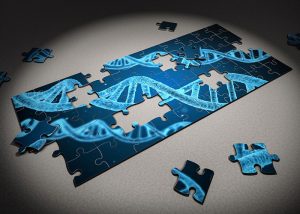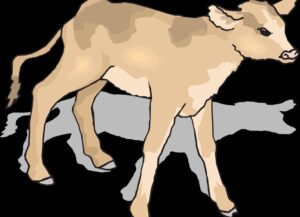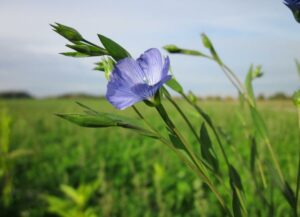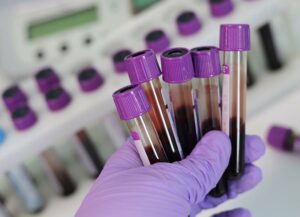Joaquín Ventura & Fernando Diaz
Water is one of the main nutrients for dairy cows. It contributes to body’s life-sustaining functions such as digestion, nutrients absorption, metabolism, excretion or temperature regulation.
Water consumption varies depending on cow breed, physical state, activity level, dry matter (DM) intake, water quality, water temperature, and weather. Thus, water restriction reduces intake and, consequently, productive and reproductive performance.
A recent study conducted at the Technical Institute Breeding of Baba Ali (Algeria) evaluated the effects of water restriction on physiological and eating behavior of lactating dairy cows reared under Mediterranean climate during spring season. The study lasted 16 days; during the first eight days, temperature and relative humidity were moderate (mean daily temperature–humidity index value of 69.77); however, during the last eight days of the trial, cows suffered heat stress with maximum temperatures exceeding 25 ºC and relative humidity reached 95%.
Cows had ad libitum access to water during the first 4 days. After that, during 8 days, cows were assigned to two groups in which they were subjected to 25% or 50% restriction of drinking water relative to their ad libitum intake that they were consuming during the first 4 days. Finally, cows returned to ad libitum access to water for the last 4 days of the experiment. Cows ate a diet based on oat hay, alfalfa and concentrate.
While average daily water intake in the first ad libitum period was 58.66 L, it was only 53.79 L in the last ad libitum period. As expected, cows restricted 25% and 50% consumed less water (42.66 and 28.44 L of water, respectively). The authors Benatallah et al. (2019) reported the following effects:
- In comparison with the first (25.00 kg/d) and second (27.31 kg/d) ad libitum periods, total DM intake decreased in both groups during the water restriction period (24.41 kg/d and 21.00 kg/d in the 25 and 50% group, respectively).
- While cows ate more alfalfa and a similar amount of concentrate during the restriction period, they reduced oat hay intake in comparison with the first ad libitum period (see table). Interestingly, total DM intake increased during the second ad libitum period, even above the first ad libitum Interestingly, cows ate more alfalfa, and less hay and concentrate during the second ad libitum period.
| First ad libitum period | 25% water restriction | 50% water restriction | Second ad libitum period | |
| Oat Hay (kg/d) | 11.36 | 9.58 | 6.41 | 10.27 |
| Alfalfa (kg/d) | 8.30 | 9.50 | 9.21 | 10.40 |
| Concentrate (kg/d) | 5.16 | 5.35 | 5.35 | 5.01 |
| Total DM intake (kg/d) | 25.00 | 24.41 | 21.00 | 27.31 |
- Rectal temperature was slightly higher in cows restricted 50% (up to 38.91 ºC) in comparison with the rest of experimental groups, but it remains in the normal range (38°C to 39°C).
- Respiratory and heart rates increased in cows restricted 50% (up to 50.83 rate/min and 81.50 beats/min). The increase was more pronounced in the afternoons, but it did not exceed normal values for dairy cows.
- In addition, water restriction affected serum levels of glucose, triglyceride, cholesterol, total protein, urea, creatinine, and cortisol. All these parameters increased in comparison with ad libitum
In conclusion, these results show water availability alters cow’s physiological and blood parameters. Cows under water restriction adapt their intake and metabolism in order to save body water.
Reference
Amel Benatallah, Faissal Ghozlane, and Michel Marie. 2019. The effect of water restriction on physiological and blood parameters in lactating dairy cows reared under Mediterranean climate. Asian-Australas J Anim Sci. 32 :152-158.
© 2019 Dairy Knowledge Center, LLC. All Rights Reserved.











